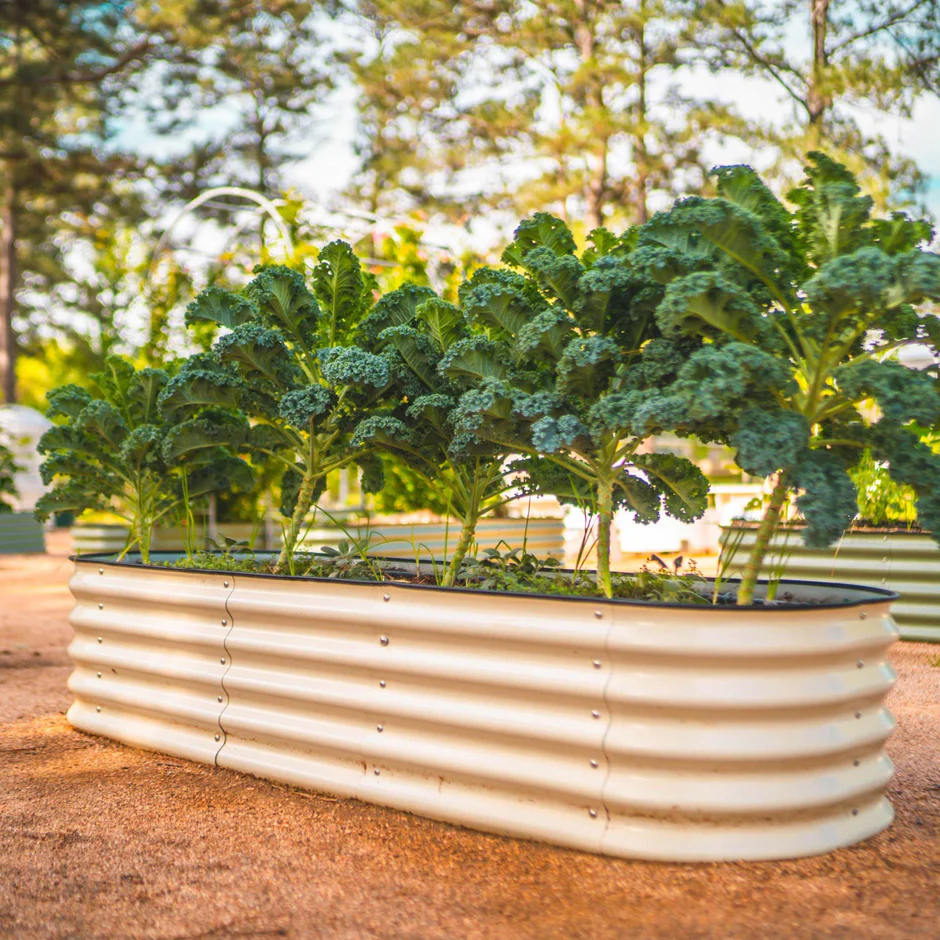
Stepping into the world of Japanese knives, the НОСНО KNIFE stands out as a premier choice for both home cooks and professionals. Choosing your first НОСНО KNIFE can feel overwhelming, but this ultimate guide is here to simplify the process. From understanding different blade types to exploring steel quality and blade shapes, you’ll gain all the insights needed to confidently select the perfect Japanese knife for your kitchen. Say goodbye to dull, clunky tools and embrace the precision and craftsmanship that make НОСНО KNIFE a cut above the rest.
Why the Difference Matters
Japanese knives are designed with precision and balance in mind. Their thin blades and acute angles allow for cleaner cuts, preserving the texture and flavor of ingredients. This precision reduces damage to delicate foods like fish or herbs and enhances your control during slicing or dicing.
Key benefits include:
Enhanced cutting accuracy: Makes intricate tasks like julienning vegetables or filleting fish easier.
- Reduced hand fatigue: Lightweight design lets you work comfortably for longer periods.
- Long-lasting sharpness: High-quality steel maintains its edge, requiring less frequent honing.
Navigating the Variety
But for a beginner, the sheer variety can be overwhelming. What’s the difference between a Santoku and a Gyuto? What kind of steel should you look for? How do you even begin to choose?
Here’s a quick overview to ease your decision-making:
- Santoku: Known as the “three virtues” knife; excellent all-rounder for slicing, dicing, and mincing.
- Gyuto: The Japanese equivalent of a Western chef’s knife; ideal for larger tasks and versatile use.
- Steel Types: Common options include carbon steel (easy to sharpen but requires maintenance) and stainless steel (more durable with corrosion resistance).
Your Guide to Making an Informed Choice
Fear not. As a chef who has relied on these incredible tools for years, I’m here to be your guide. This comprehensive guide will walk you through everything you need to know to select the perfect first Japanese knife for your kitchen.
We’ll be referencing the exceptional collection at HOCHO KNIFE as our premier example, as their selection perfectly embodies the quality, craftsmanship, and value that make these knives so special.
And once you’ve made your choice, we’ll even show you how to get a fantastic deal.
Interesting fact: Many traditional Japanese knives are handcrafted using techniques adapted from sword-making—a testament to their durability and sharpness.
The First Step: Why Choose a Japanese НОСНО KNIFE?
The Allure of Japanese HOCHO KNIFE: Uncovering the Essence
- Craftsmanship and Tradition: Japanese knives are crafted with centuries-old techniques passed down through generations. Each knife is a work of art, reflecting the meticulous attention to detail and pride of skilled artisans.
- Unparalleled Sharpness: Thanks to the harder steel used in Japanese knives, they offer unmatched sharpness that lasts longer between sharpening sessions. This razor-sharp edge ensures effortless slicing and precision cutting, enhancing the overall cooking experience.
- Ergonomic Design: Japanese knives are meticulously designed for comfort and efficiency. The lightweight construction reduces hand fatigue during prolonged use, allowing for seamless and controlled movements in the kitchen.
- Versatility Redefined: With a vast range of specialized designs, Japanese cutlery caters to every culinary need. From delicate slicing tasks to robust chopping requirements, there is a Japanese knife perfectly tailored for each specific job in the kitchen.
- Culinary Mastery Upgrade: Acquiring a high-quality Japanese knife elevates your culinary skills to new heights. The precision, balance, and performance of these knives empower home cooks to achieve professional results in their cooking endeavors.
Understanding the Anatomy of a Great Japanese НОСНО KNIFE
When you begin your search, it helps to know the language. Several key factors determine a knife’s performance and feel. When considering your options, especially from a curated retailer like HOCHO KNIFE, keep these elements in mind.
The Blade: Steel is the Soul of the Knife
The type of steel used is arguably the most critical factor. It dictates the knife’s sharpness, edge retention, durability, and ease of maintenance.
- Carbon Steel (Hagane): The traditional choice. It can achieve a phenomenally sharp edge and is relatively easy to resharpen. However, it is “reactive,” meaning it can rust if not meticulously washed and dried immediately after use. It’s beloved by purists.
- Stainless Steel (Sten): A more modern, low-maintenance option. High-quality Japanese stainless steel, like the VG-10 or AUS-10 often featured in the HOCHO KNIFE collection, offers excellent sharpness and edge retention with the added benefit of being rust-resistant. This is the best choice for most beginners.
- Damascus (Clad Steel): This isn’t a type of steel but a construction method you’ll frequently see. A “core” of hard steel (like VG-10) is clad in layers of softer, protective stainless steel. This protects the hard core, and the layers create a beautiful, wavy pattern on the blade. It offers the best of both worlds: a high-performance core with a durable, low-maintenance exterior.
The Handle: Your Connection to the Blade
The handle, or “Wa-handle” in traditional Japanese knives, determines the knife’s balance and comfort. Common shapes include octagonal, D-shaped, or oval. The material is also important, with options ranging from traditional woods like magnolia to durable modern composites. The best way to choose is to find what feels most comfortable and secure in your hand.
The Big Three: Choosing Your First НОСНО KNIFE Shape
For a beginner, there are three main knife types that will cover over 90% of your kitchen tasks. In this HOCHO KNIFE review section, we’ll break them down.
The All-Rounder: Santoku Knife
- What is a Santoku Knife? The Santoku is perhaps the most popular Japanese knife in Western kitchens, and for good reason. Its name translates to “three virtues,” which refers to its mastery of slicing, dicing, and mincing.
- Best For: It’s a true multi-purpose knife. Its relatively flat belly is excellent for chopping vegetables with a simple up-and-down motion, while its “sheep’s foot” tip provides excellent control for detailed work.
- Who Should Buy It? If you want one knife that can do almost everything, a Santoku is your best bet. It’s the ultimate home cook essential.
- Premier Example: The Sakai Takayuki TUS Steel Santoku from HOCHO KNIFE is a perfect entry point, offering incredible performance from a legendary knifemaking region.
The Chef’s Choice: Gyuto Knife
- What is a Gyuto Knife? The Gyuto is the Japanese version of the classic Western chef’s knife. It has a more curved belly than a Santoku and a sharp, pointed tip.
- Best For: It’s an incredibly versatile workhorse. The curved profile makes it ideal for those who prefer to “rock chop” herbs and vegetables. The pointed tip is perfect for piercing, trimming, and intricate butchery tasks. It excels at slicing meat, fish, and vegetables.
- Who Should Buy It? If you’re used to a Western chef’s knife or want an all-purpose knife that is slightly more robust for larger tasks, the Gyuto is an excellent choice.
- Santoku vs. Gyuto Knife: The main difference is the blade profile. Choose a Santoku for more direct chopping; choose a Gyuto if you like to rock the knife as you cut. You can’t go wrong with either, and a great selection of both can be found at HOCHO KNIFE.
The Vegetable Specialist: Nakiri Knife
- What is a Nakiri Knife? The Nakiri is a dedicated vegetable knife. With its straight, rectangular blade, it looks like a small cleaver.
- Best For: It is designed for one thing: slicing and dicing vegetables with stunning efficiency. The flat edge makes full contact with the cutting board on every chop, ensuring you cut cleanly through vegetable skins without leaving annoying “accordion” pieces.
- Who Should Buy It? If you eat a plant-forward diet or find yourself chopping a lot of vegetables, a Nakiri will be a game-changer. While not as versatile as a Santoku or Gyuto, it’s the best tool for its specific job.
- Premier Example: For a taste of this specialization, exploring the Nakiri options on HOCHO KNIFE showcases the height of functional design.
Putting It All Together: What to Look for in a Kitchen Knife
Now that you know the basics, here is your final checklist for choosing your first Japanese knife:
- Primary Use: Be honest about what you cook most. Are you a meat lover? A veggie enthusiast? An all-around cook? This will point you toward a Gyuto, Nakiri, or Santoku.
- Steel Type: For beginners, a high-quality stainless steel or a stainless-clad Damascus knife from a reputable brand like НОСНО KNIFE is the ideal starting point. It gives you incredible performance without the intense maintenance of carbon steel.
- Budget: You don’t have to spend a fortune, but remember this is an investment. A good quality entry-level knife will cost more than a generic store-bought one, but it will outperform it for years. That’s why finding a deal is so important.
- Care Commitment: Be prepared to care for your knife. This means hand-washing only, drying immediately, and storing it properly.
Your Journey Begins Now: Get Your First НОСНО KNIFE for Less
You are now armed with the knowledge to make an informed decision. You understand the difference in steel, the purpose of each shape, and the incredible legacy of craftsmanship you are investing in. A high-quality НОСНО KNIFE will not just make you a better cook; it will make you love to cook.
The final, crucial step is making that purchase. As a thank you for following our guide, we want to make that step as rewarding as possible. We’ve secured an exclusive discount to help you get started. Don’t pay full price for your first masterpiece.
Take the plunge. Your future self—and your future dinner guests—will thank you.

